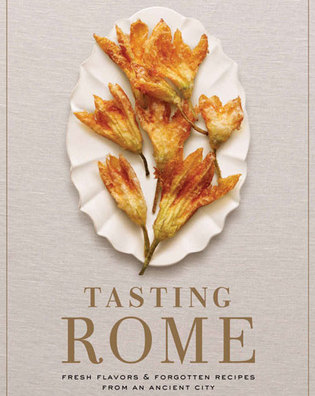 loading
loading
Reviews: September/October 2016 View full image
Corby Kummer ’79 is a senior editor at The Atlantic, editor-in-chief of IDEAS: The Magazine of the Aspen Institute, and the restaurant critic for Boston Magazine and Atlanta. As someone who was similarly besotted with Italy straight out of college, I’ve watched Parla with admiration, and like too many writers have ruthlessly exploited her knowledge of the city’s food scene. (I’m in good company: in the foreword, Mario Batali says that few insiders have the comprehensive knowledge Parla does.) Walking the city’s streets with Parla opens your eyes: to the history you can’t see but that is just there behind a closed door or under a sewer grate, to the food you wouldn’t find because the buildings that house it are charmless 1970s graying hulks (one of Rome’s liveliest markets is on the ground floor), and to the places you might be taken in by (pretty gelato shops that use the same artificial-ingredient-laced, allergen-abundant industrial bases). The view of Rome today is what I find most valuable about Tasting Rome, which Parla has just published with Kristina Gill, a photographer and friend. It’s a cookbook, marketed toward cooks who want to take up the authors on the promise of their title. But the book is just as useful for anyone wondering what and where the city eats today—the street food, the daily dishes of what is a surprisingly rough-spoken cuisine. I want to eat it all on site, as you will too. But the first recipe I plan to try, even before the shaved artichoke, mint, and Parmigiano salad that will become a household staple, is for the pastry that most makes me miss Rome: maritozzi, airy oval brioche rolls split and filled with whipped cream. Like most of Roman cuisine, it’s simple, direct, dressed-down, and irresistible.
|
|